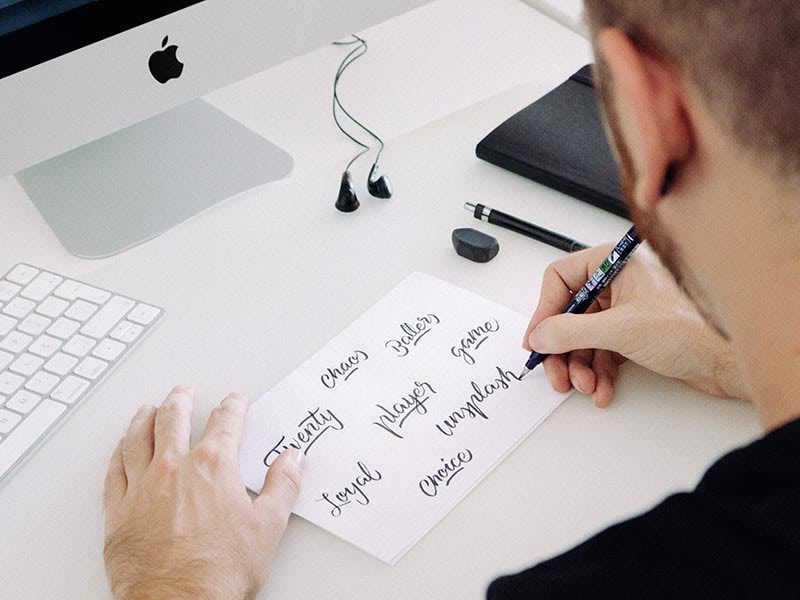
Importance of Font Choices in Design
Font choices play a critical role in design for several reasons. They significantly impact readability, convey the tone and message, influence user experience, and contribute to the overall aesthetic appeal of the design. Here are key reasons why font choices are important in design:
1. Readability and Legibility
• Ease of Reading: Fonts must be easily readable to ensure the text can be quickly and easily understood. Poor font choices can make text difficult to read, causing frustration for the audience.
• Clarity: Clear and legible fonts prevent eye strain and communicate the message effectively.
2. Tone and Voice
• Conveying Emotions: Different fonts evoke different emotions. For example, serif fonts can convey formality and tradition, while sans-serif fonts often appear modern and clean.
• Brand Personality: The font choice helps communicate the brand’s personality and values. A playful brand might use a fun, whimsical font, while a corporate brand might opt for something more straightforward and professional.
3. Hierarchy and Emphasis
• Visual Hierarchy: Fonts create a visual hierarchy, guiding the reader through the content in a logical order. Headings, subheadings, and body text should be distinguishable.
• Emphasis: Fonts can highlight important information, key points or calls to action.
4. Aesthetic Appeal
• Overall Design Cohesion: The right font enhances the overall aesthetic of the design, ensuring that all elements work together harmoniously.
• Creativity and Style: Fonts contribute to the creative expression of the design, adding style and character that enhance visual interest.
5. User Experience
• Engagement: Well-chosen fonts can make content more engaging and enjoyable to read, improving user retention and satisfaction.
• Accessibility: Accessible fonts ensure that content is readable by people with visual impairments, improving the design’s inclusivity.
6. Brand Consistency
• Brand Recognition: Consistent use of fonts across all brand materials helps build brand recognition and maintain a cohesive brand identity.
• Professionalism: A consistent typographic style reflects professionalism and attention to detail, enhancing the brand’s credibility.
7. Cultural and Contextual Relevance
• Appropriateness: Fonts should be chosen based on the context and cultural relevance. A font that works well for a casual blog might not be appropriate for a legal document.
• Audience Preferences: Understanding the preferences and expectations of the target audience helps select fonts that resonate with them.
8. Technical Considerations
• Web Fonts and Performance: In web design, font choices can affect page load times and performance. Web-safe fonts or optimized web fonts ensure faster loading and better performance.
• Cross-Platform Consistency: Ensuring fonts render correctly across different devices and platforms is crucial for maintaining a consistent user experience.
Applying Font Choices in Design
When choosing fonts for a design project, consider the following steps:
1. Define the Purpose and Audience: Understand the purpose of the design and the target audience to choose fonts that align with the intended message and user preferences.
2. Create a Typographic Hierarchy: Establish a clear hierarchy using different font sizes, weights, and styles for headings, subheadings, and body text.
3. Ensure Readability: Select fonts that are easily read at various sizes and ensure good contrast between text and background.
4. Maintain Consistency: Use a limited number of fonts (typically one or two) to maintain consistency and avoid a cluttered look.
5. Test Across Devices: Check how the fonts render on different devices and platforms to ensure a consistent and professional appearance.
By carefully considering font choices, designers can enhance readability, convey the right tone, create visual interest, and ensure a positive user experience, ultimately contributing to the design project’s success.